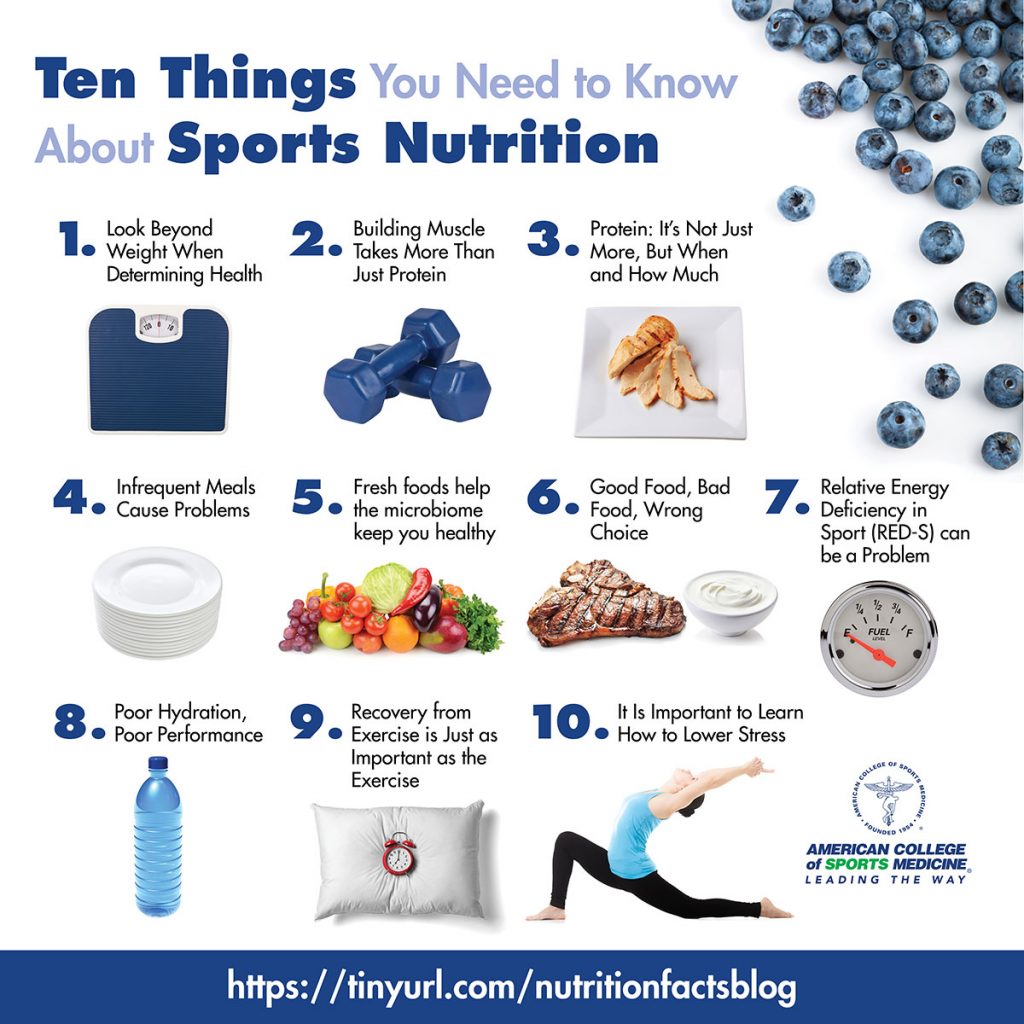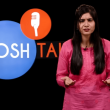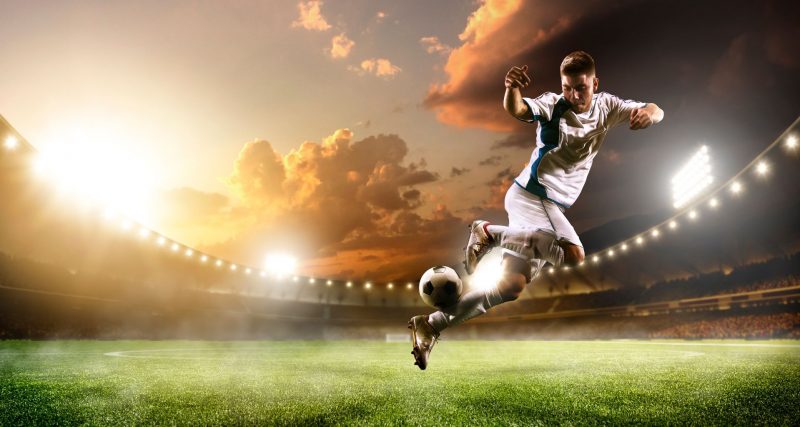Sports are vital for good physical and mental growth. To teach a healthy lifestyle and discipline, one should start training in the sports of their choice early on. This will ensure that the physical growth is also enhanced, and in turn, the child is thoroughly trained in the sport by the time they reach the age for playing the sport professionally. Technical training is just one aspect of the many that make a good sportsman.
Parents and sportspersons must understand that training, personalized physical fitness and mental training program, adequate rest/recovery, and nutrition are the 4 pillars of a successful sportsman. Ignoring even one of these will weaken a sportsman, leading to a drop in performance.
Physical fitness and Recovery are still better catered to, and these days with rising awareness about mental health, that aspect is also being attended to. Nutrition is one aspect that largely remains ignored, or somewhat grossly misunderstood. Nutrition is not just consuming costly protein powders and drinking liquid glucose. It goes beyond drinking imported bottled water like some cricketers or including eggs, milk, nuts, and bananas in their diet mindlessly.
Also, nutrition is not an overnight process. It is not a practice to be adopted temporarily during tournaments, or even not something to be thought of ‘if and when’ the child grows up and decides to pursue the sport professionally.
ADVERTISEMENT
A consistent and dedicated nutrition plan also helps eliminate the risk of sickness and injury, or at least ensure a quick recovery.
Who Needs Nutritional Guidelines:
Nutrition is vital for survival, even for a non-sportsperson. Taking care of the nutrition aspect becomes even more crucial for a child into sports and planning to go a long way ahead. Food plays many roles in a sportsperson’s growth, progress, and performance enhancement. It is a source of energy, helps maintain the stamina, and is of significant support in muscle recovery and during injury.
A child at growing years of age is given ample nutritious foods to support the growth spurt. Wholesome, home-cooked, healthy, and fresh food is necessary. The more the body wear and tear, the more nutritional requirement. Kids into sports have a heightened need for nutrients, corresponding to their physical activities. Not alone proteins but carbohydrates, fats, water, and other micronutrients are equally important. Also, blindly increasing the protein and electrolytes intake is not the right way to go about it.
ADVERTISEMENT
Every nutrient has to be in the amount needed by the individual child. Physical exertion, the sport, age category, ethnicity, dietary habits, parental and personal medical history, and body profile all govern the ratios of the macronutrients.
Factors to be considered for a sports diet
Naturally, the age, liking, and food habits of the child as well as the religious belief of the family, influence what food items can be included or excluded in the diet. Medical history & related restrictions, if any, and the person’s daily physical exertion are crucial while determining the calorie intake and proportion of macronutrients.

Out of all the factors mentioned, body profile is the only factor unique for everyone, yet varies from time to time. It gives us real time results about the body composition of the person like the muscle and fat percent of body, water content, bone density, BMR etc. These parameters are essential for a sportsperson than someone who is not into sports. This is so because each sport has a specific requirement of the muscle and fat percentages of the body.
ADVERTISEMENT
Each sport has a particular condition of the entire body profile, separate for males and females. It also varies with age. Team games, racquet sports, track and field events etc all have their specific requirements. In team games, even the position at which a sportsperson is playing determines the body profile specifications. It is not the same for all the players in the team.
Specific requirements for a sports diet
Sports nutrition also has a different requirement of pre and post workout meals, as against a clinical diet. These are the most important meals for a sportsman in their entire day. Ideally, pre-workout meals are to be taken at least 1 hr before the workout/training. They are meant to be a source of energy/fuel for the sportsman, which will last for the entire training session duration. The meal should be light, well-cooked, not fried and a good source of complex carbohydrates. Complex, because they are digested and absorbed slowly, thus, releasing the energy gradually that acts as an energy source for a longer time.
Sometimes, a ‘during’ workout meal consisting of simple carbohydrates can be given if a training session lasts long. This meal has to be extremely light and a concentrated source of simple sugar, as the energy needs to be released immediately. Natural foods that are sources of simple sugars & are nutrient dense are recommended.
Post workout meals are meant for Recovery and are typically consumed within 30-40 min post the training/workout. These are comprised of a good protein source as due to the physical exertion there is muscle breakdown. Good quality protein will ensure that the micro cracks formed in muscle get ‘re-built’. Good quality protein eaten in right quantity, at right time and with correct amount of carbohydrates will enhance the body’s muscle percent. Apart from these meals designed around the workout/training schedules, Hydration is another crucial factor. It will not only replenish the lost water and electrolytes but will also ensure the proper absorption of the carbs and proteins in the body. Again, the duration of the training will determine the amount of water and whether it is to be included as plain water, or with a source of electrolytes.
How is tournament diet different from training diet?
As discussed earlier, the diet routine during the training days and during the actual tournament days is very different from each other. The carbohydrate sources are mostly simple carbs, but the sources vary from the training days’ simple carbs sources. Also, there can be back-to-back matches, so the previous game’s post workout meal (protein centred) acts as the pre workout meal (carbs centred) for the next one. It has to be designed well so that muscle loss can be minimised and energy is also replenished, yet the meal is light, so as not to restrict the players agility! Sounds complex? This is why it is prudent that experts in this field plan the diet.
Many a times, it is observed that the trainer or the coach himself provides a customary diet plan to all the kids who are under his coaching. The diet plan lacks personalization, as well as, the technical detailing. The result is not only poor body profile, but poor performance too! It might help to ‘just maintain’ the performance, but not improve it further. Also, parents will be found complaining that the child is not performing academically, is tired, has lost appetite & does not have sound sleep!
An illustration for a better understanding
To better understand the concept of a sport diet, we can see one example of a Sprinter. The height is around 6 feet, but the person is 3 kg overweight. Since sprinting is a power sport, the athlete must have more lean muscle and fat percent on the lower side. The extra weight needs to be reduced with proper dietary control and a good workout.
However, it is essential to understand that our body weight comprises multiple aspects like; fat, muscle, bone and water weight. In this case, the goal of weight loss has to be specifically targeted towards fat loss. Care must be taken that the recommended workout, proper rest, and the dietary changes must be followed so that only fat loss occurs and not muscle loss. Muscle loss will result in a drop in performance.
In some cases, the weight may remain more or less same or even show a slight increase. It could be due to fat loss but gain in muscle, which is a favourable scenario where body profile is concerned. However, all the parameters must match a specific specified value for an elite level athlete, and they also have to maintain those values to maintain the performance.
Thus, they must continue following a strategically planned and customized diet plan as long as they play. The diet plan is modified per their training schedule variations, tournament days and body profile requirements.
Post retirement diet
Once the sportsman retires from professional sports, there is a sudden drop in their activity level. The regular training sessions are now not required; they must continue with basic fitness routine thereon. This helps support their bodies that is used to years of heavy physical exertion/ training. Since the sports diets mainly depend on the training sessions and activity levels in the day, the diet needs to be modified according to the new routine. As the muscle wear and tear is decreased, most athletes reduce their protein intake drastically.
The protein intake is suddenly reduced to an unmeasured and insufficient amount from more than 2g protein/kg body weight/day. This certainly affects the muscle percent of the body. It can lead to loose hanging skin and an altered blood profile. One needs to continue at least a maintenance level protein intake to avoid a drop in the muscle percent. Along with that, carbohydrates and fat intake also need to be managed. The total calorie intake has to be revised as per the new routine.
Sports and Non-sports diet
This brings us to the concepts of Sports Diet and a Non-Sports Diet (clinical and lifestyle modification). Like Sports diets, the Lifestyle Modification Diets to a certain extent, depend on the Activity Level throughout the day and the Body Profile Goals. It has, however, more modifications in a person’s daily routine to ensure the maintenance of a healthy lifestyle to strengthen the immune system. The Clinical diets depend primarily on the ongoing medications and the health conditions to be managed. There can be two approaches for all these types of diets; Modern Science and Ayurveda. More about it in the following article!








